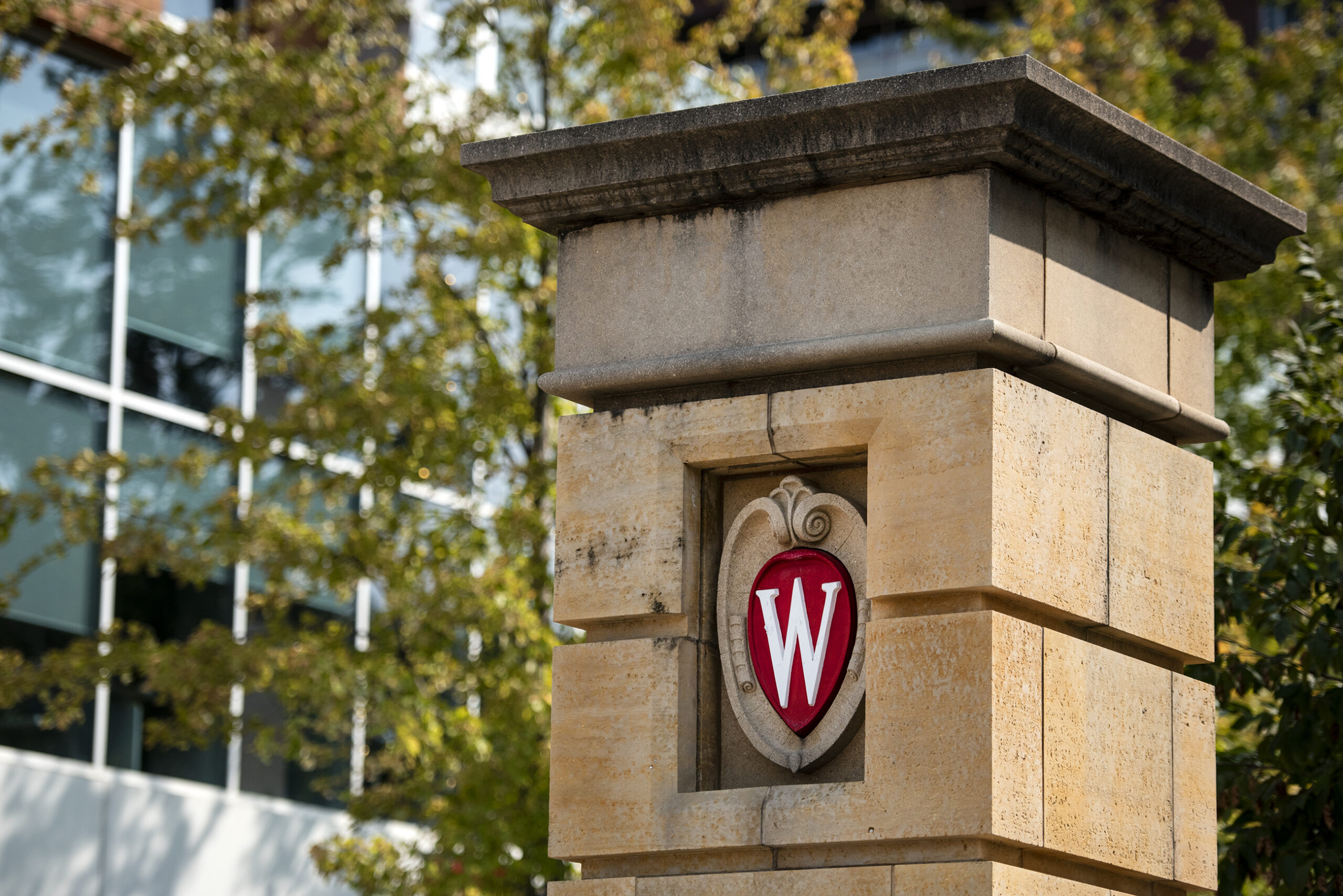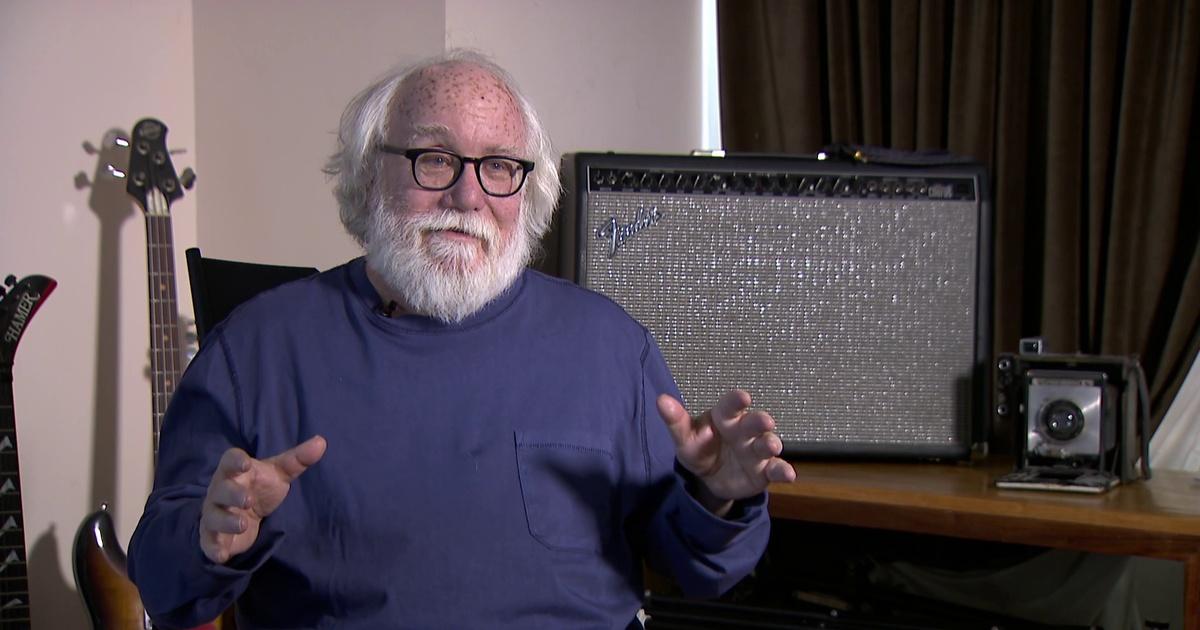
- Select a language for the TTS:
- UK English Female
- UK English Male
- US English Female
- US English Male
- Australian Female
- Australian Male
- Language selected: (auto detect) - EN
Play all audios:
For more than two centuries, the British Museum has been the world’s greatest monument to civilisation. In normal times, its vast collection of more than eight million objects attracts up to
six million visitors a year. Its curators are leading experts in their fields. Thanks to its permanent and occasional exhibitions, its school trips and other outreach programmes, the BM has
probably done more to educate the public than any other institution in the country. Most people reading this article will have at least one childhood memory of the museum. For many, it will
have been their first glimpse of antiquity in all its glory and mystery. Its closure during the pandemic is a real loss for the younger generation — a loss that must be made good in future.
Now the BM is under fire — and from an artist who served as a trustee from 2007-2015. Sir Antony Gormley, the sculptor best known for “The Angel of the North”, has launched a scathing
attack on it as “the last European museum to be modernised…in a responsible, post-colonial way.” He would like to see an end to “the absolute post-colonial iniquity of Africa being in the
basement” and “the complete misrepresentation of the Americas”. Above all, he “would detach the museum from its obsession with the classical world, particularly the Mediterranean”, and would
be happy to return the Parthenon sculptures (or “Elgin Marbles”) to Athens “because I think the present galleries are not a particularly inspiring place”. Sir Antony, in other words,
despises much of what millions of others love about the BM. Yet his own sculptures might once have drawn inspiration from the majestic artefacts in Bloomsbury — even if “The Angel of the
North” is on a far more colossal scale than anything in the museum. Henry Moore — a far greater sculptor than Sir Antony — described the impact of his visits at the outset of his career:
“The Museum was a revelation to me. I went at least twice a week for two or three hours and one room or another caught my enthusiasm. The wonderful thing about the British Museum is that
everything is stretched out before you and you are free to make your own discoveries.” From Sir Antony’s lofty perspective, it might make sense to “reunite” the collections of the Natural
History Museum and the British Museum, on the grounds that when many of the artefacts were acquired in the 18th and 19th centuries, archaeology and anthropology were not yet distinct
disciplines. Now, however, embarking on such an experiment sounds like a recipe for postmodernist chaos. The cultural coherence of the BM depends on preserving it in essentials as a display
of the history of civilisation, not a jumble of random artefacts juxtaposed solely for their shock effect. A vain attempt to “reformulate” the museum in accordance with the academic fad for
post-colonial breast-beating would mean denying its origins in an age of empire. In the United States, campus radicals led by Dan-el Padilla Peralta, a Professor of Classics at Princeton,
are claiming that classical studies is fuelling the racism of white supremacists. In her book _Not All Dead White Men, _Donna Zuckerberg has levelled similar charges of misogyny against the
weaponisation of the classics by the alt-Right. So the Gormley critique has a hinterland and an agenda that should fill those who love the BM with anxiety. Ominously, however, the BM’s
director, Hartwig Fischer, has hinted that he agrees with Sir Antony. In a letter to the editor of _The Times_ published today (behind a paywall), Fischer writes: “Sir Antony Gormley is
right to say that the British Museum should be modernised and the display of the collection renewed. This is precisely the plan that we have been developing since my appointment as Director
in 2016.” He does not elaborate. However, Fischer adds that he “does not accept” Gormley’s view that some objects “should be removed from the collection”. In the past, successive directors
have stood firm against demands for the return of the Parthenon sculptures and other objects to their countries of origin. The integrity of the collection is not only a matter to be
determined by the director and his staff, but for Parliament and the nation. There is certainly a case for reorganising the BM to give new prominence to parts of the collection that have
been less visible than they deserve. But there is no case for downgrading the classical world or other aspects of Western civilisation. We must hope that Fischer is as good as his word and
that the great museum with which he has been entrusted continues to be a global repository of the greatest works to survive from the past of humanity. The British Museum belongs, not merely
to the British, but to the world. A MESSAGE FROM THEARTICLE _We are the only publication that’s committed to covering every angle. We have an important contribution to make, one that’s
needed now more than ever, and we need your help to continue publishing throughout the pandemic. So please, make a donation._






